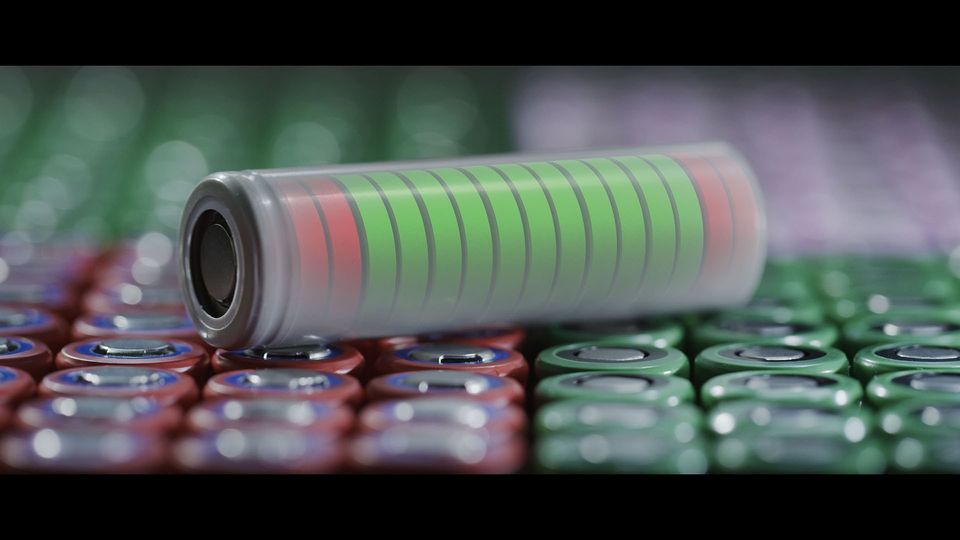Lithium Ion Battery Recycling
8. März 2021
Enormous relevance in the recycling of lithium-ion batteries

Lithium-ion batteries recycling
Accumulators and batteries generally have a limited service life, regardless of where they are used. Lithium-ion batteries in particular lose some of their useful life relatively quickly, depending on the intensity of use. At some point, they will have reached their zenith and are no longer suitable for further use. However, this does not make them useless. Explicitly the batteries in motor vehicles can still perform some useful functions after their replacement thanks to recycling. More about this in the following article.
Enormous relevance in the recycling of lithium-ion batteries.
The debate around electric cars caused heated discussions worldwide. Above all, the focus was on the negative environmental balance of electric vehicles. Since their batteries do not last forever, they also have to be disposed of again. However, the ingredients of the batteries can be easily reused. Operation in so-called "second life" is also possible. This means that the remaining energy of the battery in the car is only used during stationary operation. An important step when it comes to sustainability.
Above all, the important ingredients such as cobalt, nickel and copper can be reused. The mining of these substances is extremely harmful to the environment and usually takes place under inhumane conditions. By reusing these substances, mining can be reduced, which further protects our planet.
Problems with reusing
A major problem that often occurs when recycling lithium-ion batteries is the difficult conditions when opening the batteries. The battery cell consists of many individual modules, which are located in a housing. However, the modules of the lithium-ion batteries cannot be replaced or removed individually. In most cases, they are sealed or glued together, which makes removal difficult. This can result in damage to the battery or to important parts.
Now, the individual modules can no longer be used. The only usable parts of the battery remain the valuable raw materials. This is bad insofar as the remaining energy of the cells could still be reused in other areas of activity without any problems. The so-called "second-life" operation is thus blocked. In addition, many companies are very critical about recycling. Some companies recycle the batteries by burning or shredding them. However, there is a much simpler way to reuse the batteries better and for more sustainability. This would simply involve being able to replace the individual modules of the battery.
New construction method allows better recycling
The company E-Stream GmbH & Co KGaA has come up with a new and significantly better way of building these batteries. The cells are not sealed or glued together, as was previously the case, but are connected to each other in a kind of plug-in system. This means that the individual battery cells can be easily replaced and reused in "second life" operation. Even if only a single cell fails, it can be easily replaced.
The so-called cylindrical cells are used, which are also much more efficient than the previous prismatic cells. The utilization rate of the cylindrical cells is 94 percent, while prismatic cells only achieve 60 percent. In combination with the environmentally friendly plug-in system, which allows individual cells to be replaced, this technology is considered a real revolution in the reuse of lithium-ion batteries.




